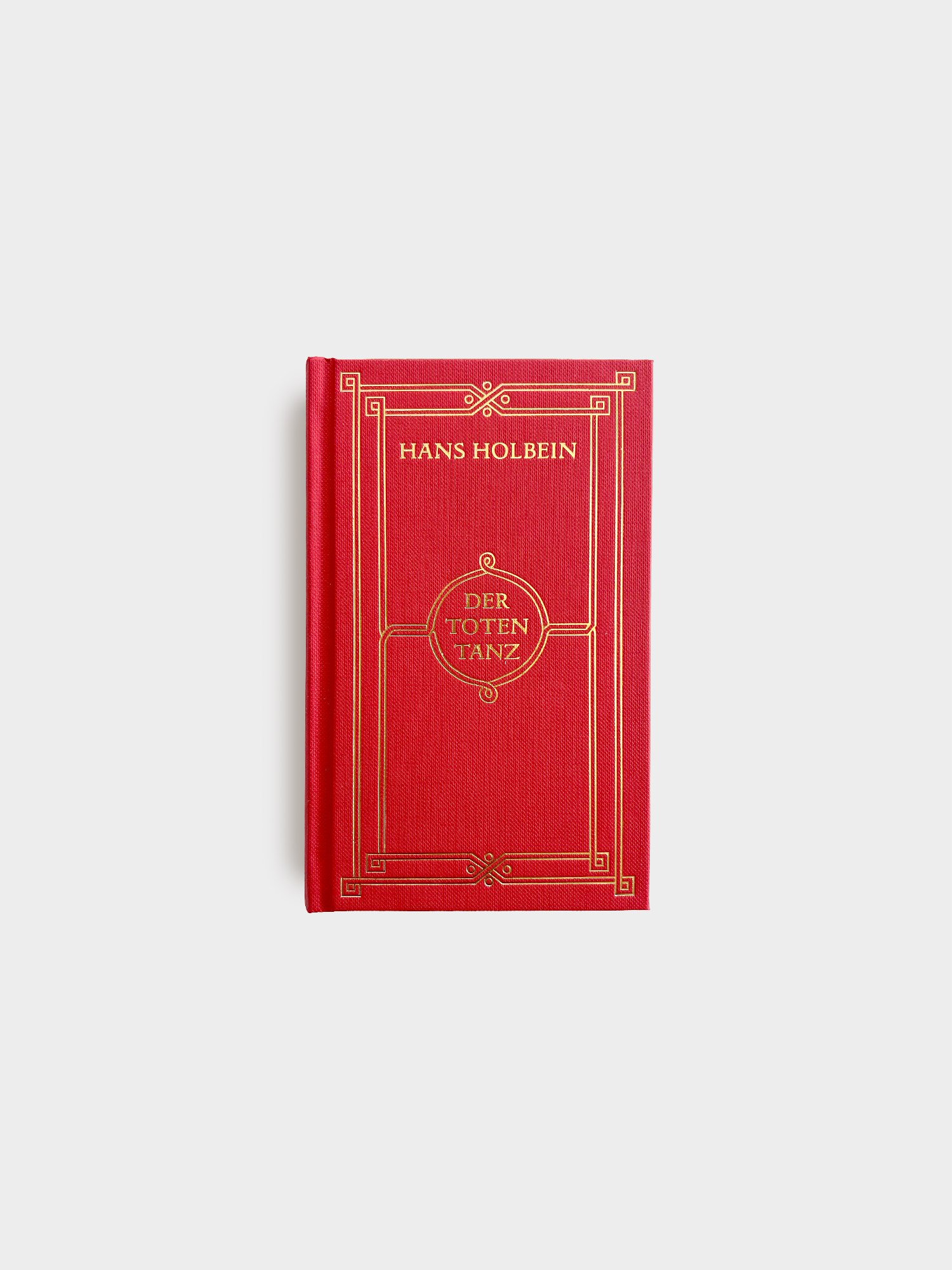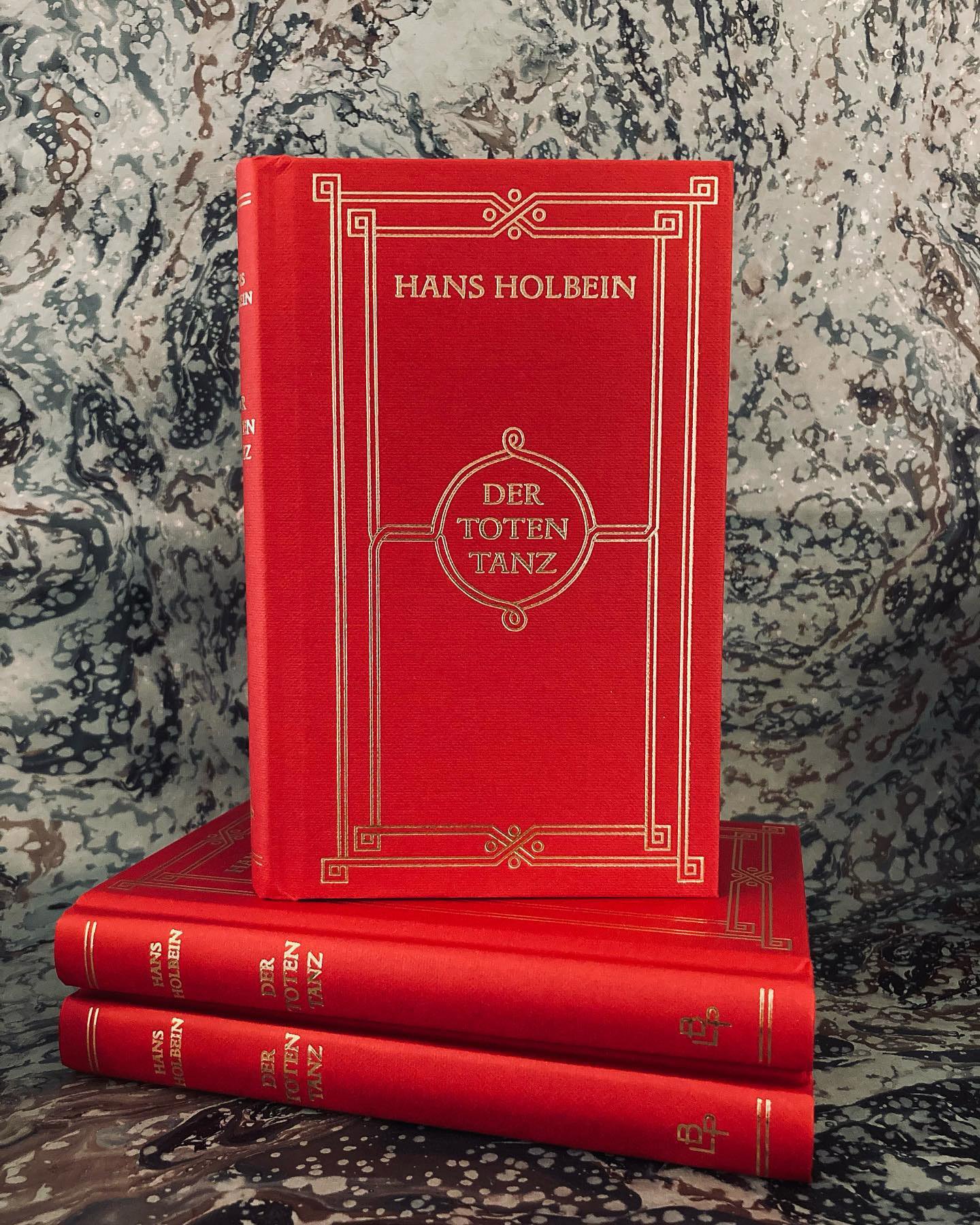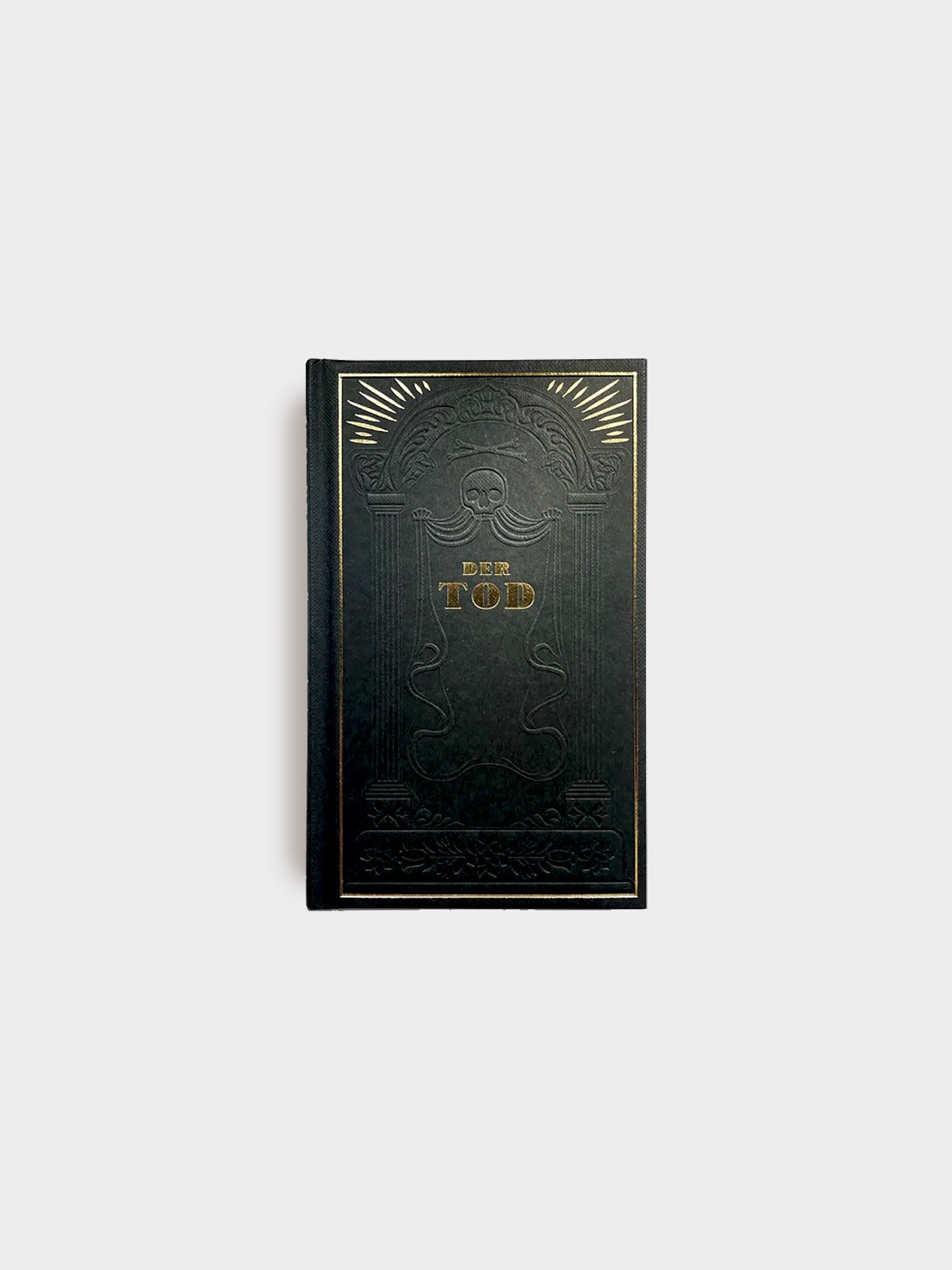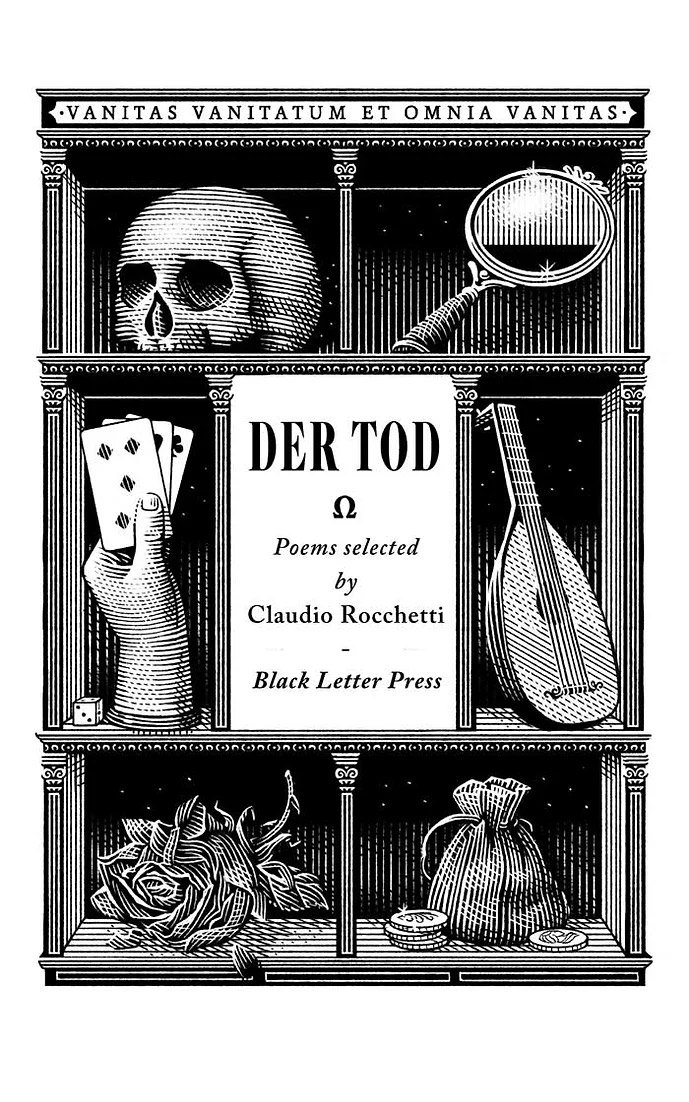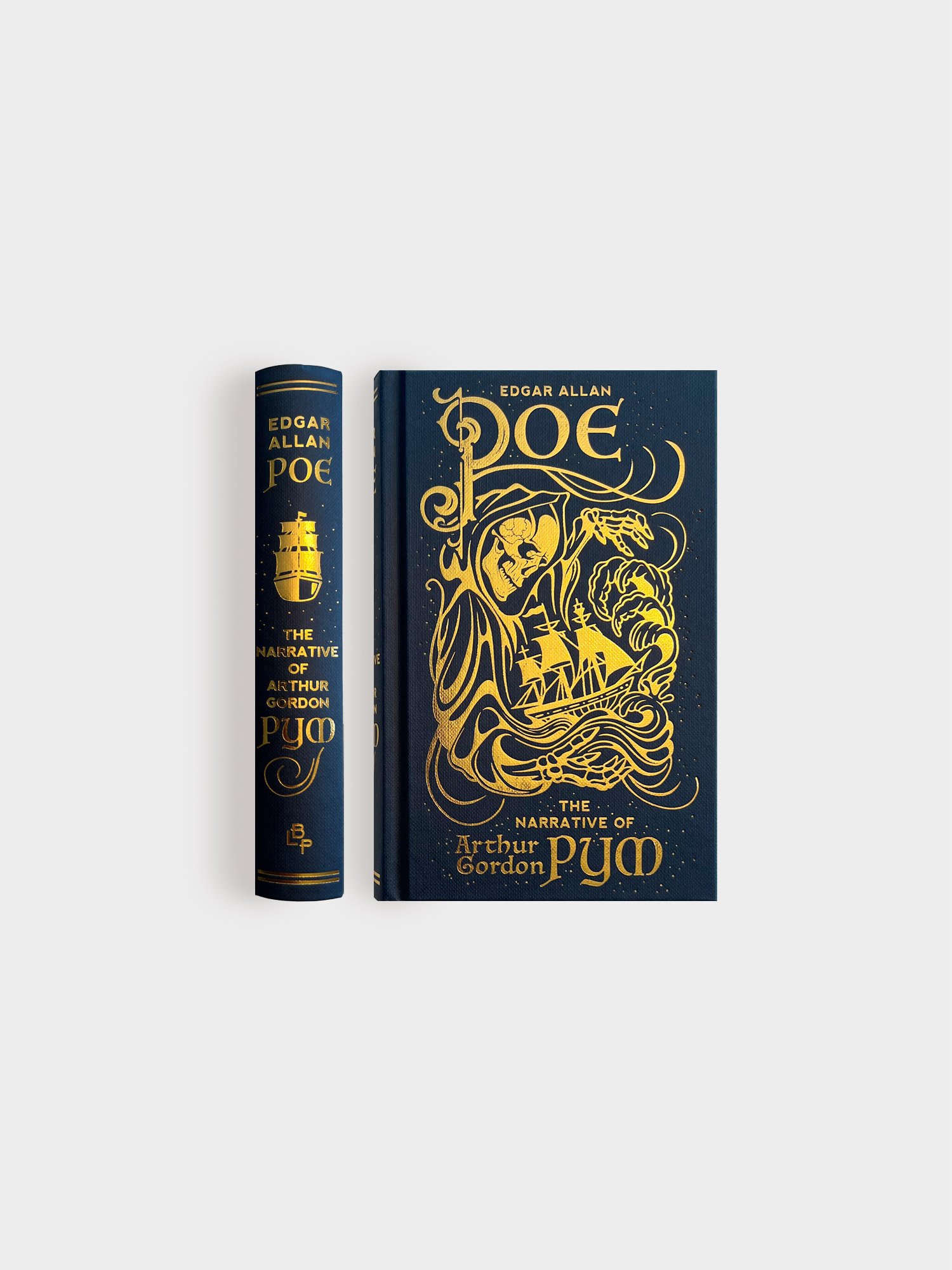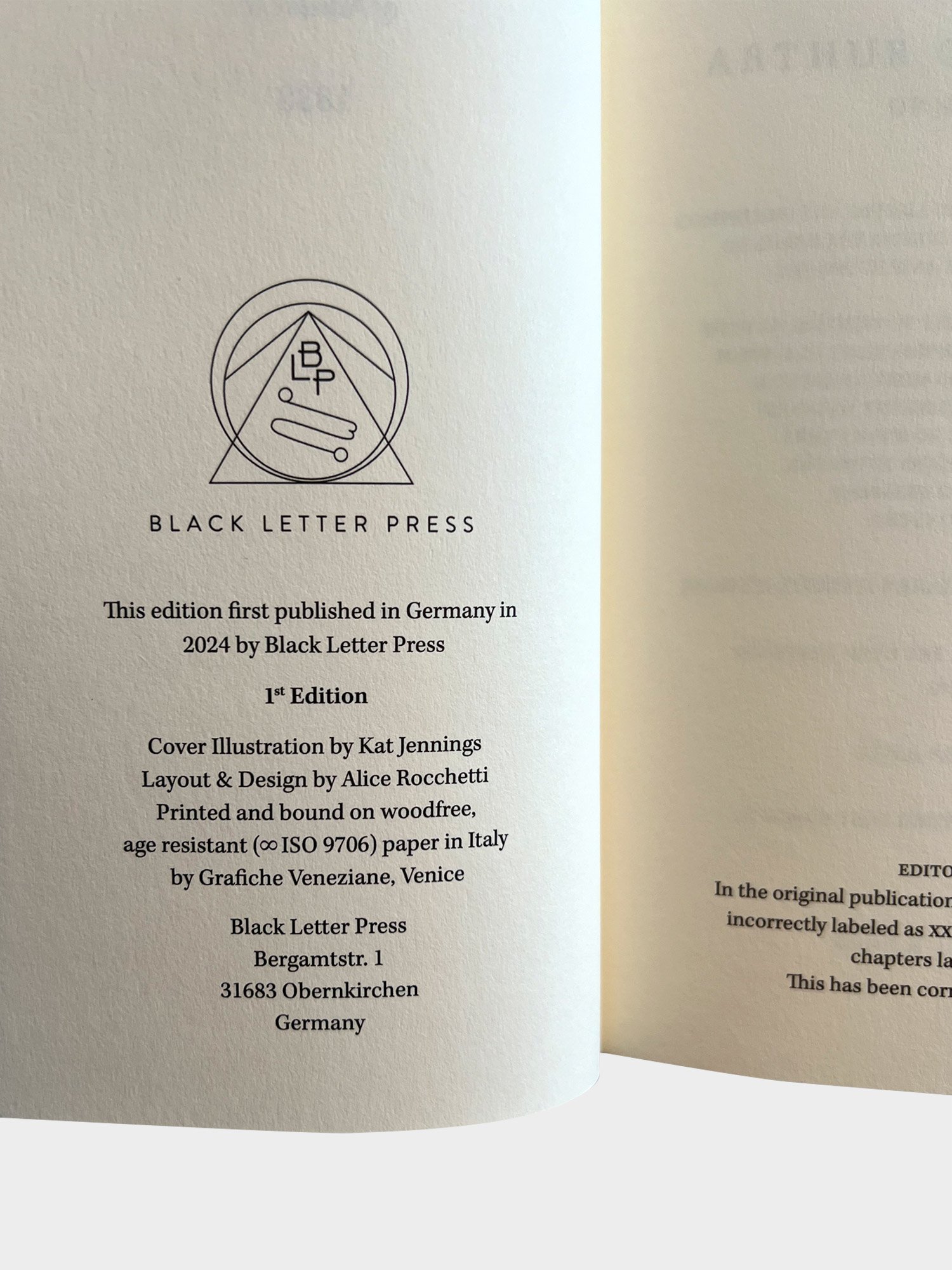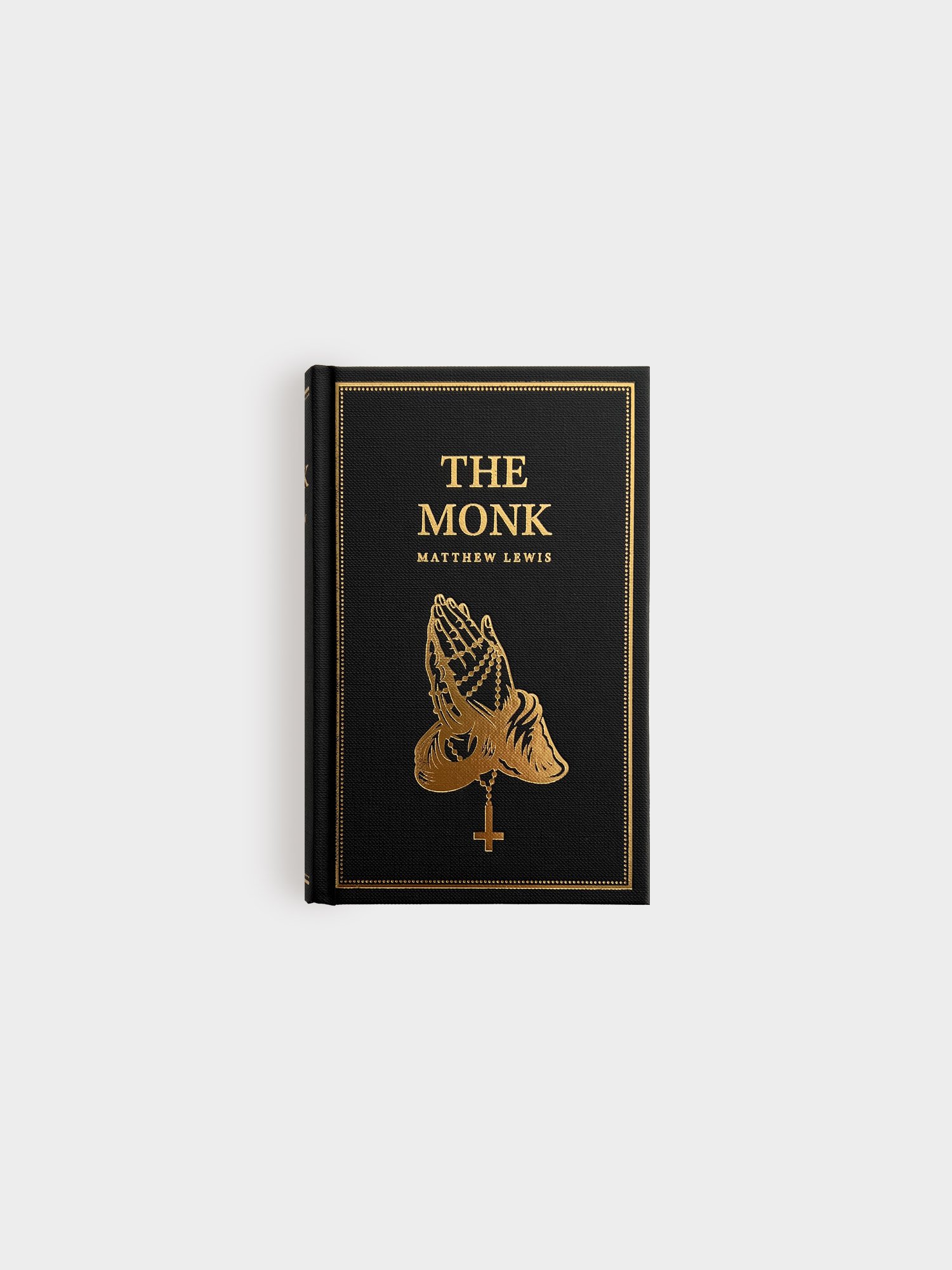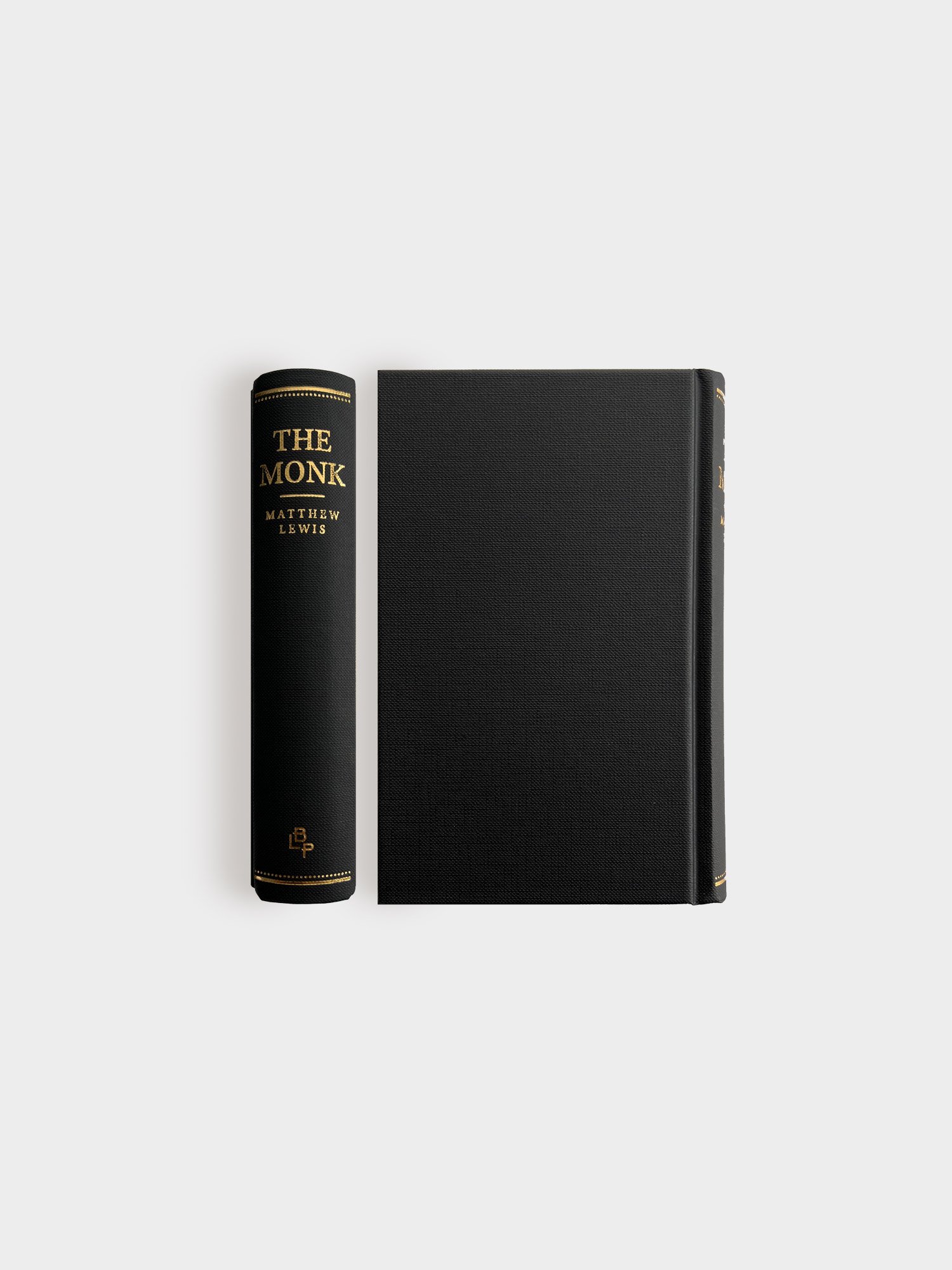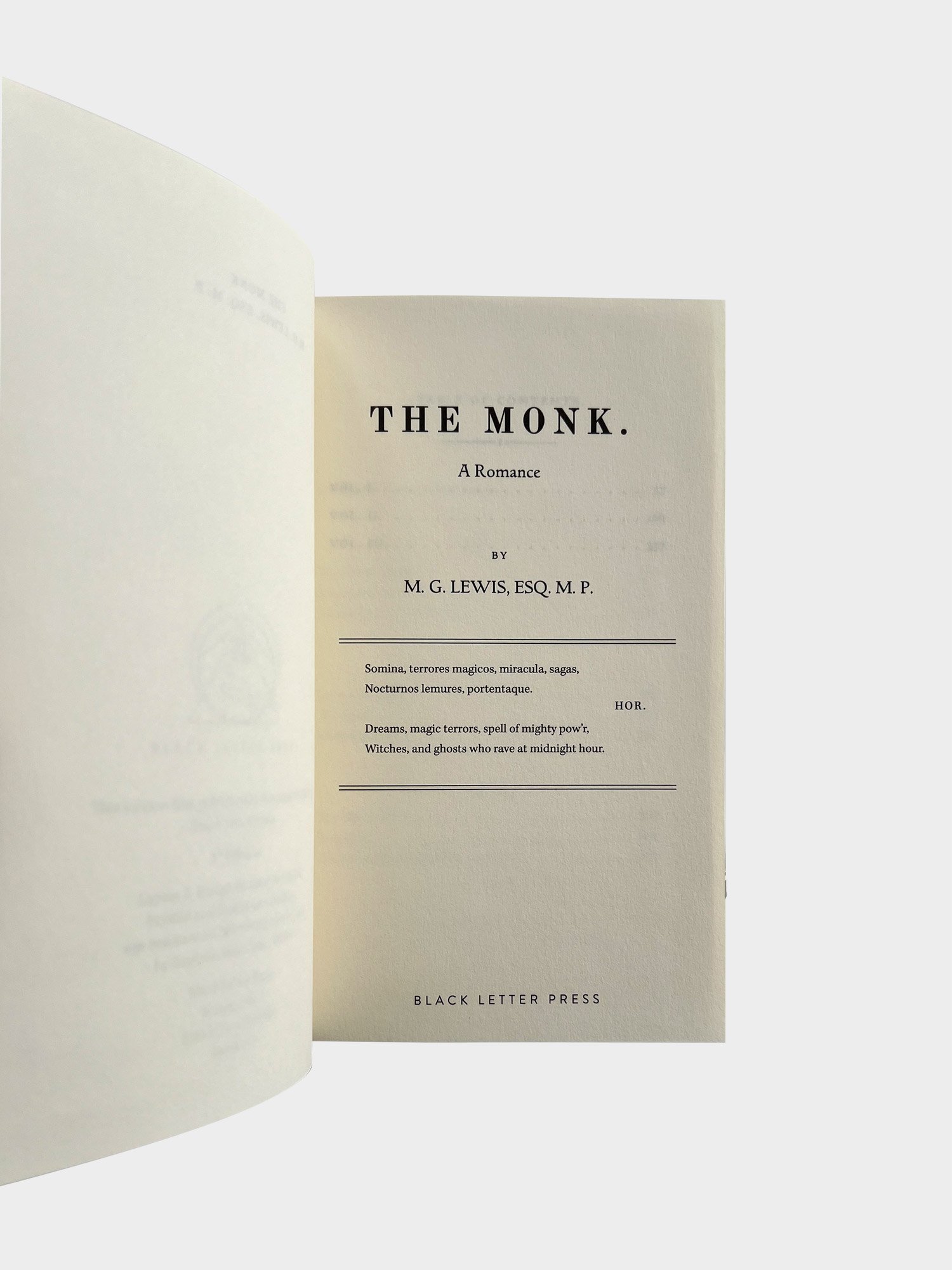-
Black Letter Press
Hardcover bound in Black Geltex, Measures 100x160 mm, Black, 120-gram Endpapers and Headbands, Printed on 115 g wood-free, age-resistant Cream paper, Sewn book block, Gilded on front and spine.
2nd Edition - Unnumbered
About the Publisher
Black Letter Press is a small independent publisher located close to Hannover in Northern Germany, founded by Alice and Claudio Rocchetti in 2018 in Turin, with the publication of Giambattista della Porta's Natural Magick.
BLP specializes in the revival of rare and antique books on a broad range of topics, including the sciences and history of science, poetry, occult philosophy, art, curious and unusual literature, and more.
Our mission is to do these historical texts justice, publishing books that are fine and beautiful, yet remaining affordable and accessible.
Description
Holbein drew the Bilder des Todes ('pictures of death') in Basel, in the last few years before 1526—the year in which the woodcutter Lützelburger died. After his death, his printing blocks, which could only be partially completed, ended up in the possession of his customer the publisher Melchior Trechsel in Lyon.
Maybe out of fear for the offence the candour, with which the pictures denounce social and political grievances, might cause, he published the woodblock printings only twelve years later. Under the title Les simulachres & historiees faces de la mort.
Our edition is completed by the Kindergruppen and an Alphabet (Totentanzalphabet), all drawn by Holbein and cut by Lützelburger.
The cover design resembles the Amsler & Ruthard Edition, first published in Berlin 1922.


